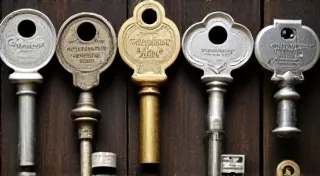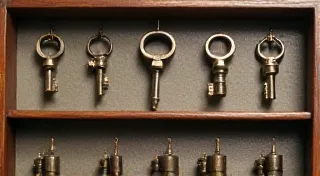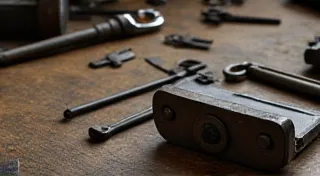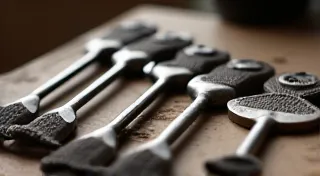Decoding Key Markings: A Key Identification Guide
Antique keys are far more than just functional objects; they’re miniature historical artifacts, often whispering tales of the hands that crafted them and the locks they secured. A crucial element in understanding a key's story lies in deciphering the markings etched onto its surface. This guide will equip you with the knowledge to decode these markings, significantly aiding in key identification and appreciating their historical context.
The Importance of Key Markings
Markings on antique keys serve multiple purposes. They can indicate the key's manufacturer, the date it was produced, patent information, and even the intended lock type. While some markings are clear and legible, others are worn, faint, or obscured by years of use and oxidation. Careful observation and a bit of detective work are often required.
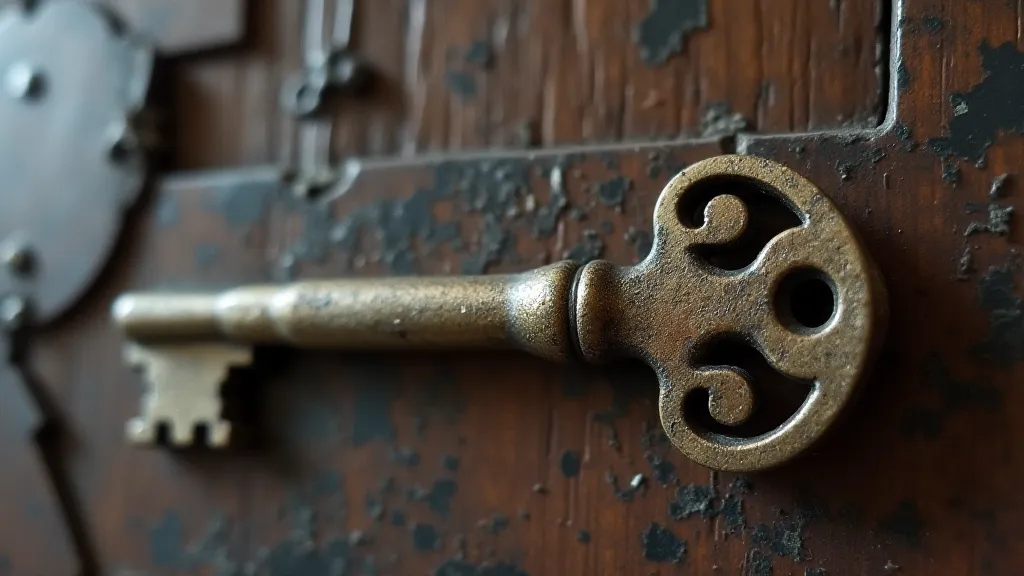
Common Types of Key Markings
- Maker's Marks: These are the most common markings and often represent the manufacturer of the key. Early key makers were often locksmiths with localized reputations. As manufacturing became more industrialized, larger companies emerged, leaving more recognizable marks. Researching these marks is a vital step in key identification. Popular and well-documented marks include those from Yale, Corbin, Sargent, and Ward.
- Patent Dates: The era of patents saw significant innovation in lock and key technology. Many keys bear patent dates stamped onto them. These dates offer a precise timeframe for the key’s creation. Often, the name of the patent holder is also present.
- Lock Type Identifiers: Certain markings indicate the specific type of lock the key was intended to operate. These codes can be cryptic, but often relate to a company’s specific lock series.
- Stock Numbers/Model Numbers: Especially on later antique keys, you’ll find stock or model numbers. These helped manufacturers and distributors track inventory.
- "Sample" or "Proof" Marks: These markings indicate the key was a prototype or sample key, typically not intended for sale.
Decoding Patent Dates
Patent dates are often expressed in the format “Patent Applied For” (PAFOR), “Patent No. #####,” or simply the patent number. A key with a PAFOR marking suggests the design was submitted for a patent, but not yet granted. A “Patent No.” mark signifies that the design was officially patented.
Tips for Identifying Maker's Marks
- Magnification: Use a magnifying glass or jeweler’s loupe to examine markings closely. Small, worn marks can be easily overlooked without magnification.
- Lighting: Angle the key under a bright light to highlight faint markings.
- Cleaning (with caution): Gently cleaning the key with a mild detergent and soft brush can sometimes reveal obscured markings. *However, be extremely cautious, as harsh chemicals can damage the key’s surface and patina.*
- Comparison Charts: Numerous online resources and books compile lists of known maker’s marks. Compare the marking on your key to these resources. (Note: this article does not provide such a chart.
- Community Forums: Key collecting forums are invaluable resources. Post images of your key and its markings to these forums for assistance from experienced collectors.

Key Terminology Glossary
- Bit: The part of the key that enters the lock and engages the pins.
- Bow: The looped or decorative end of the key that is grasped.
- Ward: The projections or ridges inside a lock that correspond to the key's bit.
- Mortise Key: A key with a flat, rectangular bit, often used in older furniture and doors.
- Wafer Key: A thinner key that uses a wafer-like bit.
- Blank: An uncut key ready to be cut to a specific pattern.
- Master Key: A key that can open multiple locks.
- Shoulder: The area where the bit and the bow meet.
Advanced Identification
Sometimes, identifying a key goes beyond just the maker's mark. Consider the key's materials (brass, iron, steel), its overall design, and its condition. These factors can provide further clues to its origin and age. The shape of the bow and the complexity of the bit's design can also offer valuable insights.
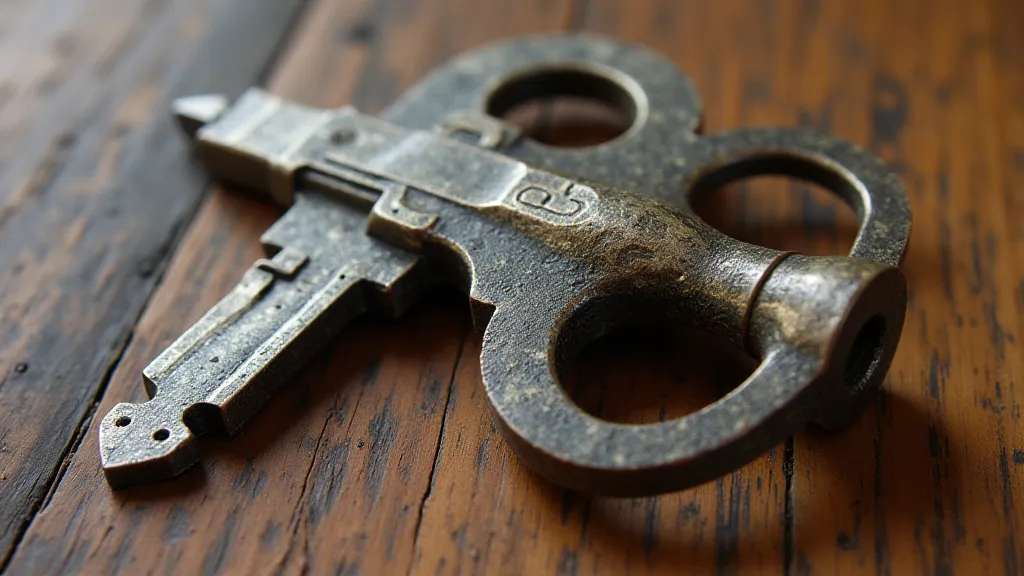
Conclusion
Decoding key markings is a fascinating and rewarding pursuit for antique key enthusiasts. While it can be challenging, the knowledge gained provides a deeper understanding and appreciation for these historical objects. Keep investigating, keep collecting, and keep uncovering the stories held within these miniature masterpieces.
